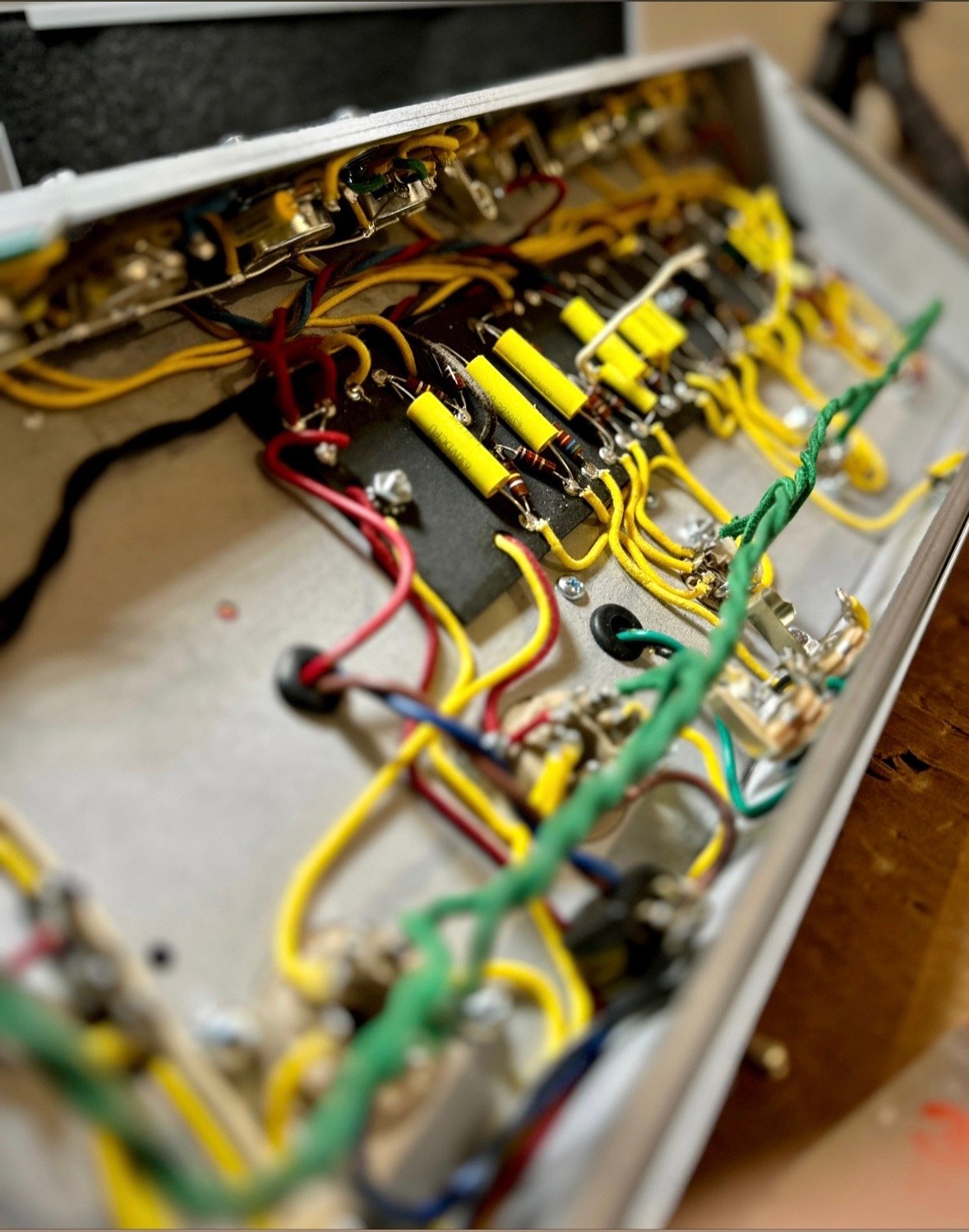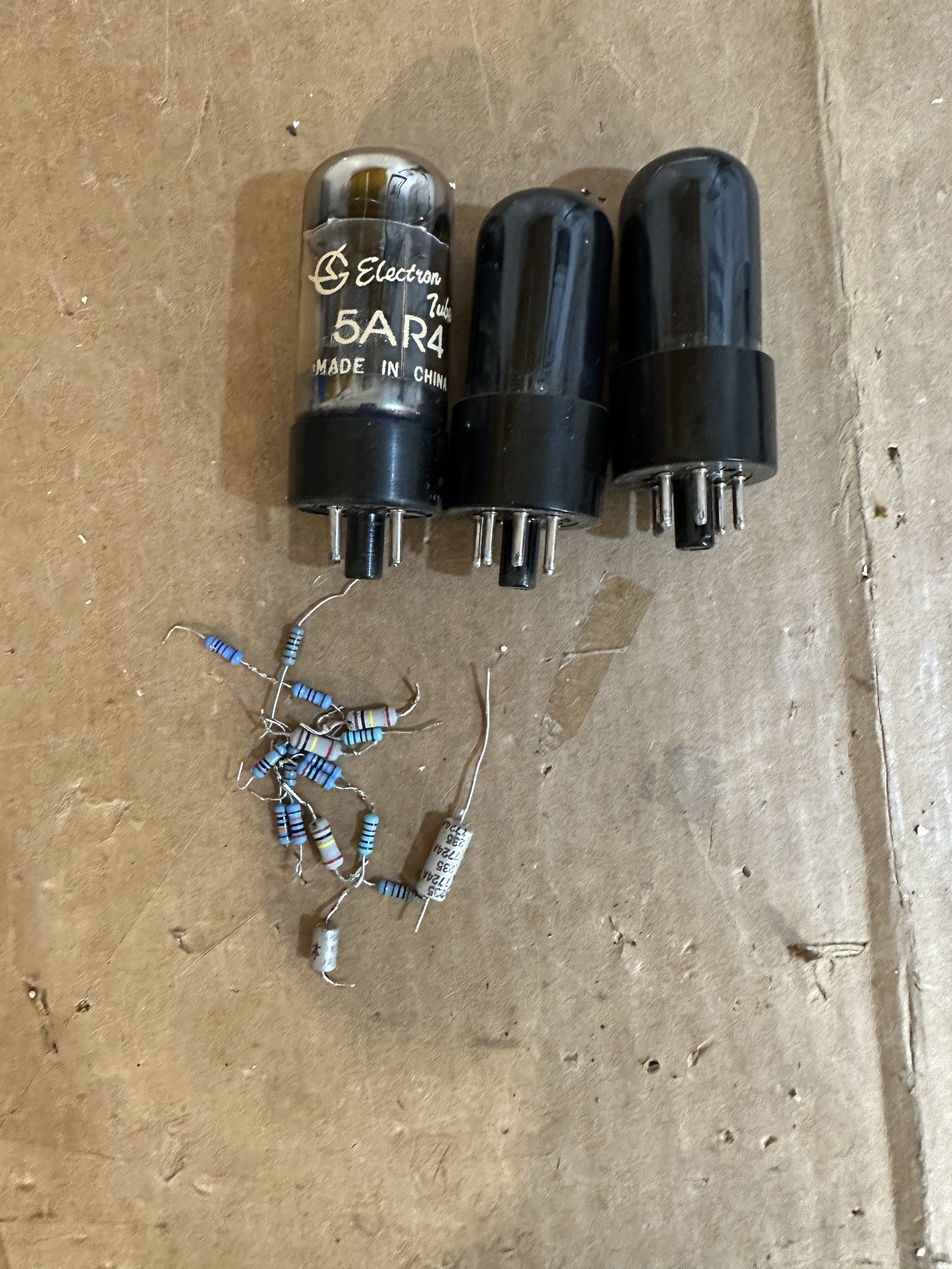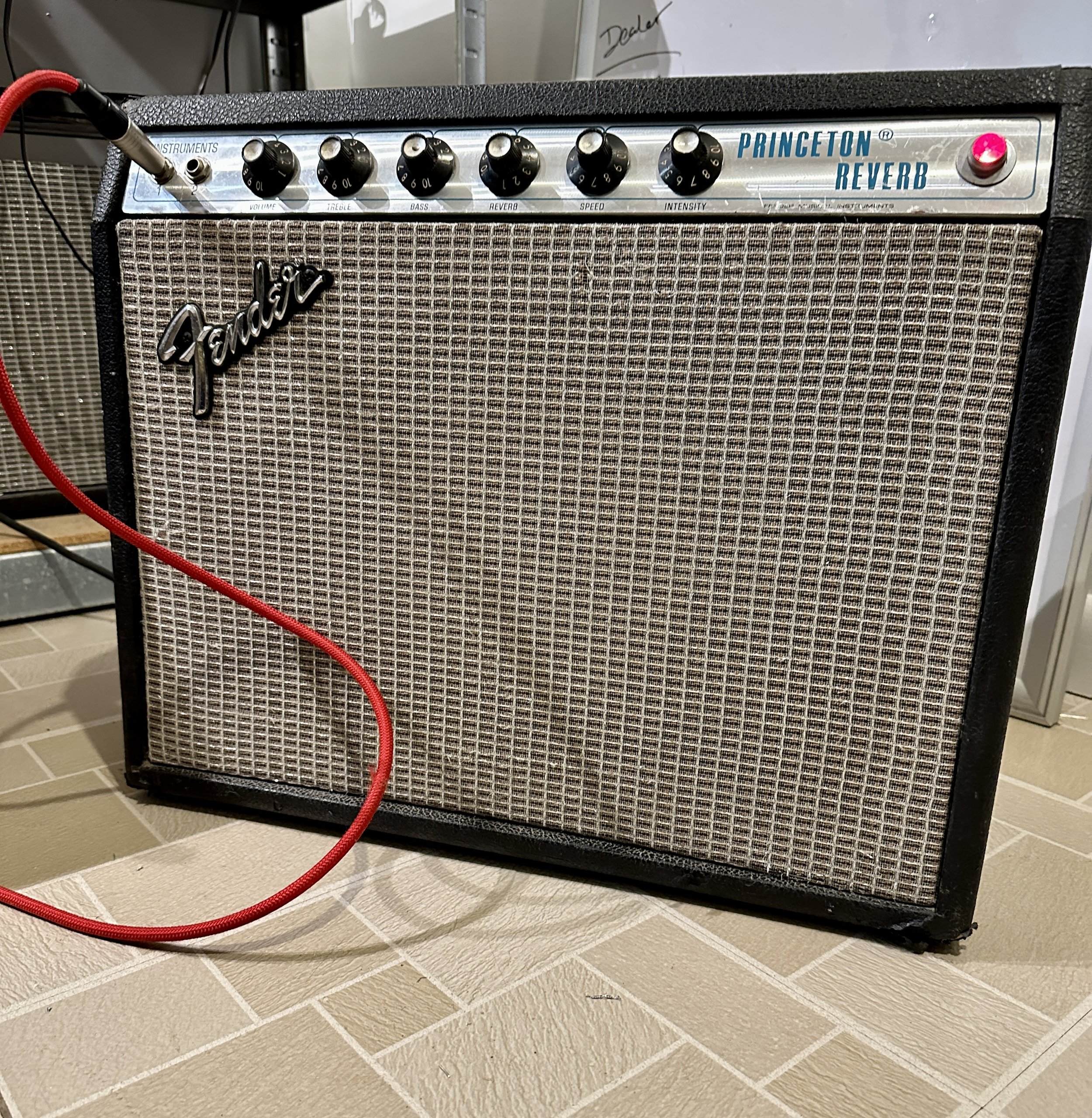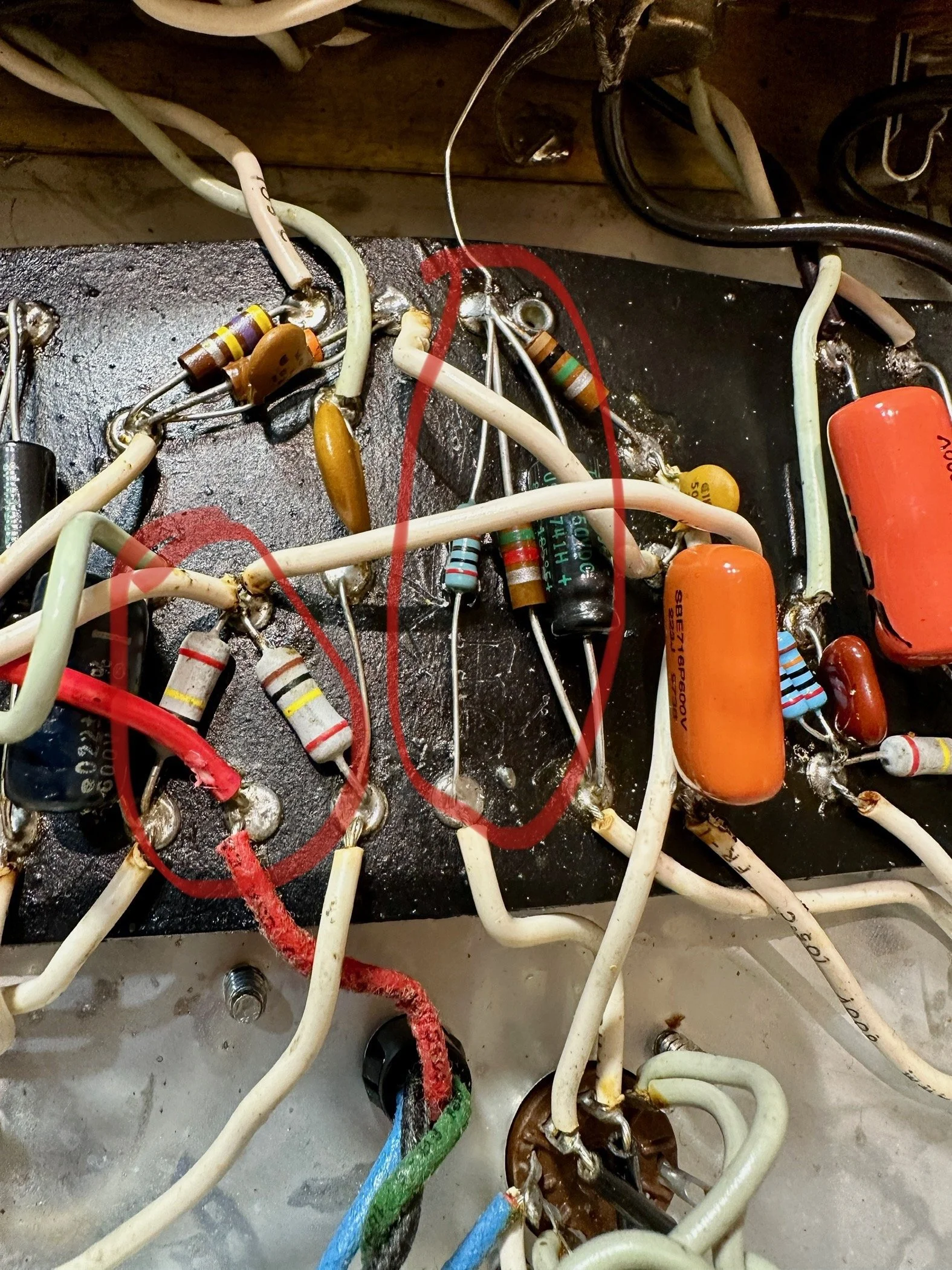Cheap Guitar or Cheap Amp?
Hi again! Sorry for the lack of blogging, but building is the priority and you guys definitely kept me maxed out this year! I am moving my shop this week and my home just after the holiday so I wanted to take a few minutes to fire this blog back up and get it back on my radar.
I plan on building fewer amps in 2024 as I cannot keep up with 2023 numbers, long term. I also hope to get back to my normal, lightning fast(ish), email and phone response times. Thank you for your patience on that one!
This week, lets talk about if you have to make the choice of:
An expensive/vintage amp with a cheap/import guitar?
An expensive/vintage guitar through a cheap/import amp?
Obviously we all want both guitar and amp to be high end or vintage, but if you have to make a choice:
As a lefty, it has almost always been the first one for me, (insert my rant about lefty availability at music stores) finding cheap imports and swapping out pick-ups was my thing for years. It works, a good amp set up can manage to capture some of the tones of a fine hand built or vintage instrument. I am talking from an electronics stand point here…There is no substitute for the feel and vibe of some of these high end guitars. Speaking of which, how comfortable are you taking that guitar out on a weekly basis to the bar…The import is replaceable, for righty’s, usually in a matter of hours! Just one of many ways to look at it.
I somehow managed to find vintage amps for a great price 30 years ago…A $5 Magnatone practice amp in Ashland OR, a $300 ’61 Vibrolux, a killer ’67 Super Reverb…my guitars were an ’89 American Standard Strat and an Epiphone Joe Pass…Stock!(before I started swapping pickups) The JP always sounded good through those amps, even with the stock pick-ups. Did it sound or feel like a vintage ES-175…No!, but it was close and on stage, I never even thought about it.
Conversely, plug that $5000 Danocaster or Vintage Tele into a cheap amp….I think you will feel the guitars vibe, but what you hear may be drastically different! There are MANY exceptions to this and the world of cheap amps has gotten exponentially better over the years. But a good tube amp will always extend your tone, notes will bloom and inspire. A great cheap amp will probably always do the job, but in the end there will be peaks and valleys in the tone that will probably disappoint.
I don’t have an answer other than, do what feels right to you! Please feel free to opine below as I encourage differing view points!
FOR THE RECORD:
I now own a McKay 335 that is hand built in the tradition of an old ’59, he laminates the 4 ply top in the shop using hide glue, etc, this is as close as I can get to an old one! It feels old, it sounds old, it looks old. It plays and resonates like nothing I’ve played before. So in the end, I will take the high end guitar through the high end amp (that I fortunately know how to build)
EVERY SINGLE TIME!











